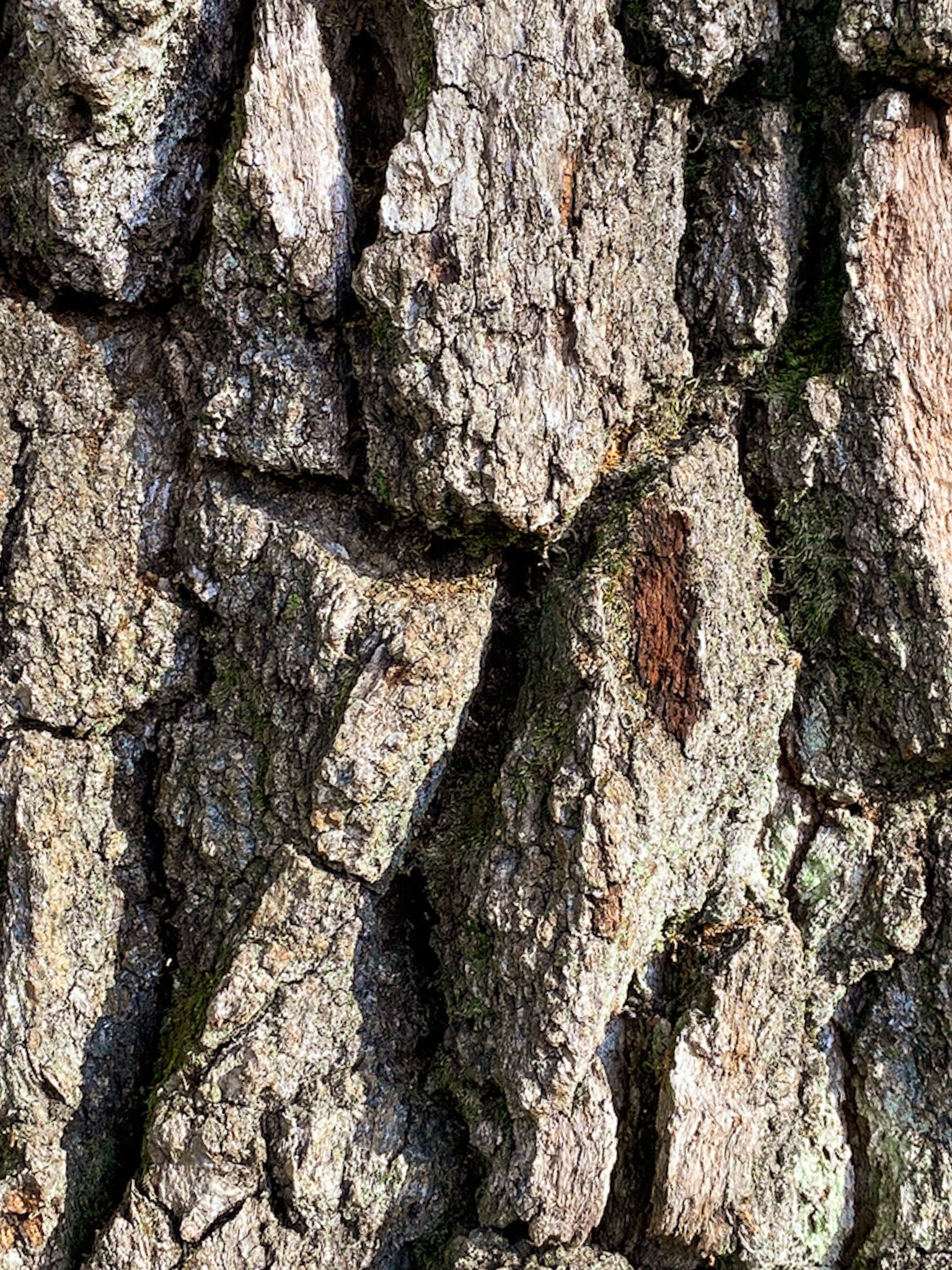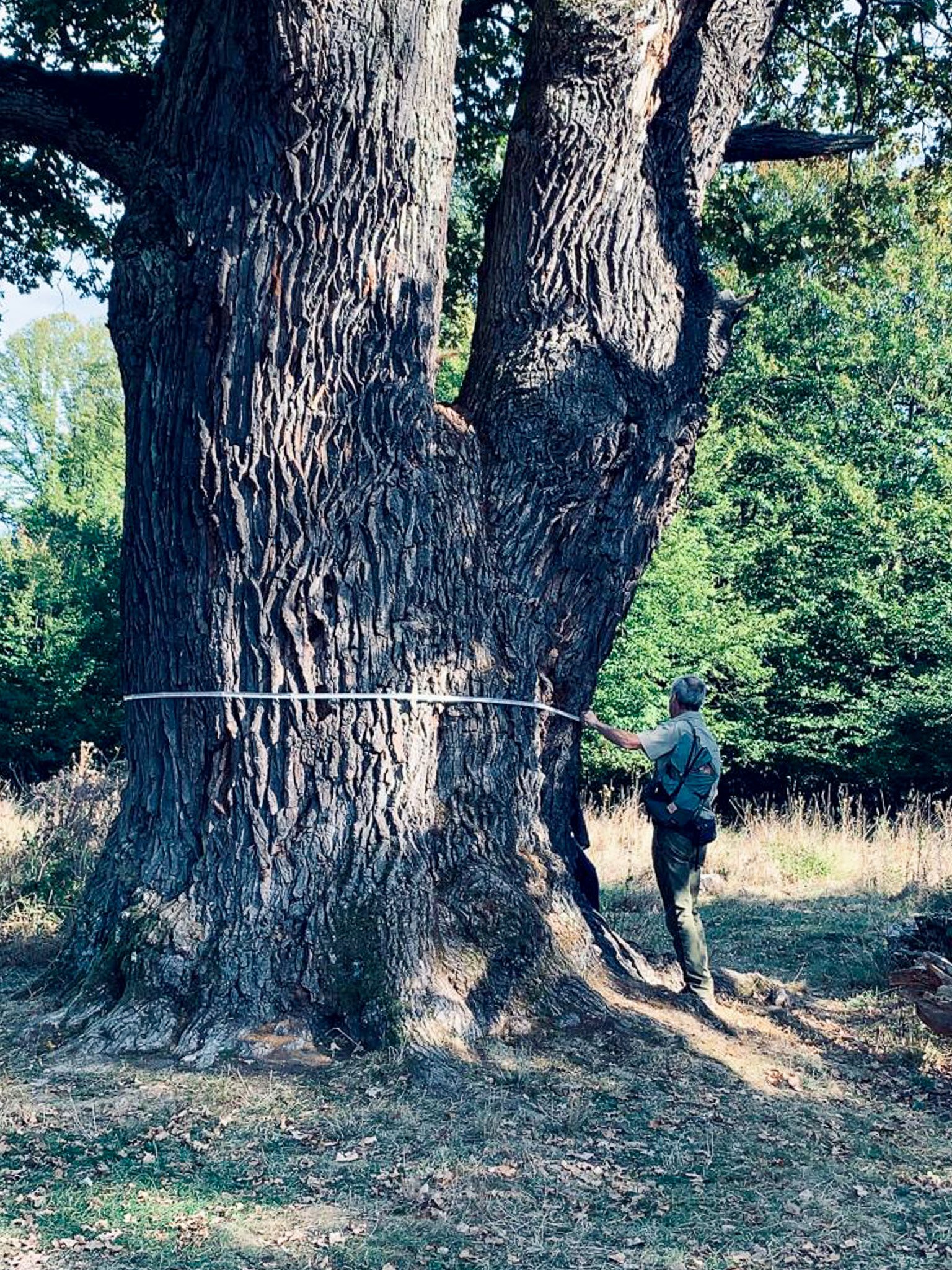Between the woods and the water: the unique habitat of Romania’s wood-pastures
These days there are fewer giant haystacks and horse-drawn carts, but Transylvania, in central Romania, still has its fortified churches, Saxon villages and traditional farming. It’s often cited as the last medieval landscape in Europe: for Romantics there’s much to be relished.
On my first visit since 1997, I also wanted to meet some of Romania’s ancient and veteran oaks (mostly Pedunculate), many happily recorded on the database arboriremarcabili.ro, modelled on the Ancient Tree Inventory. These oaks are mostly located within what has long been known as wood-pasture.
In the ‘Domesday Book’, William the Conqueror’s monumental survey of Anglo-Saxon England, completed in 1086, this land classification is termed silva pastilis — literally, ‘pasture woodland’. It’s a form of low-intensity agroforestry, practised since at least Neolithic times, in which the grazing of livestock takes place in a semi-woodland habitat of mature, scattered trees.
The Old Man of the Carpathians - Mercheașa
Historically, every Saxon village would have had its own area of wood-pasture, commonly held and grazed for the benefit of the community [1]. Still today, framing the verdant river valleys of Transylvania, the traditional landscape stands out: undulating uplands and hill-tops capped in thick beech and hornbeam forest, giving way to large expanses of wood-pasture dotted with mature oaks, which merge into low-lying cornfields and hay meadow.
I soon discovered that many of the oldest oaks were a long way from the road, requiring a hard slog uphill, across coarse grassland lumpy with ant and mole hills, patrolled by fierce shepherd dogs. ‘Always carry a stick, bring pepper spray and use your rucksack as protection,’ I was advised. Luckily, my top target was more accessible. Half a mile up a dusty farm track outside the village of Mercheașa off the main Brașov-Sighișoara road, then due south a few minutes walk through spaced-out oak veterans, stands ‘the Old Man of the Carpathians’.
Partially fenced off, the Old Man is a largely intact maiden pedunculate oak (Quercus robur) — not, as repeated internet error has it, a sessile oak (Q. petrea). I measured it at 9.50m round and 21m tall, with spreading, muscular roots, no obvious cavities, visibly in its prime and therefore somewhat younger than the 900 years asserted by some authorities. It is the most venerable of an estimated 144 5-6m+ oaks on Mercheașa’s 1,100 hectares of wood-pasture.
Capricorn beetle (Cerambyx cerdo)
It’s an environment unusually rich in biodiversity, as I learnt from Dr Cosmin Moga, a local ecologist who has surveyed over 100 wood-pastures in Romania. He took me to the 74-hectare Breite Oak Reserve outside Sighișoara.
As they slowly decay, oaks become home to thousands of beetle species, moths, and other insects, not to mention birdlife, fungi, lichen and the like. Most astonishing in Breite’s oaks were the many exposed galleries, the size of an index finger, gnawed out of dead wood over several years by the maturing larvae of the great capricorn beetle (cerambyx cerdo), surrounded by circular cavities hammered out by woodpeckers seeking out their favourite delicacy. This impressive coleopteran lives only in the oldest trees and is now extinct in Britain.
Dr Moga and I measured a few oaks at random, all between 5 and 6.5m in girth, all clad in deeply fissured bark. The greatest of these is the ‘Grandfather of Breite’, 7.2m in girth, maiden, full crown, around 450-500 years of age.
With its free-standing veteran oaks in semi-grazed grassland, the landscape at Breite resembles an English medieval deer park such as Richmond, Windsor or Blenheim. But here they are all maidens, whereas in England most of the oaks are pollards. Also, the land here has been maintained for grazing of buffalo, cattle, horses and more recently sheep, not for the hunting of deer. In the autumn, pigs would be brought in to feast on the fallen acorns, just as in the New Forest today (a practice known as pannage).
Breite wood pasture
There are various theories as to how the landscape arose, but it seems likely that these wood-pastures were originally mature woodlands grazed by livestock. As trees died and glades opened up, forest cover gradually thinned. Certainly the oaks were not planted. According to Dr Moga, though, at one time the remaining oaks were close enough for their canopies to be almost touching.
At Breite and other wood-pastures, changes in land management threaten these unique habitats. One risk is overgrazing, which prevents natural regeneration of oaks in particular. Here, it is the switch to sheep grazing that does the damage. Fortunately, a respite this year has allowed hundreds of tiny oaklings to germinate, but their fate is in the balance.
The opposite risk is neglect. At the far end of this long narrow plateau, a decade without grazing has allowed hornbeam to spring up around the ancient oaks, which are now hardly visible and whose future is threatened. Yet protected among the hornbeams are oak saplings which, if given space and light, will secure this special place for posterity.
Breite’s future is in the hands of the government and the local administration. By clearing the hornbeams and with light grazing of the right kind — allowing blackthorn and bramble scrub to protect to young trees — it would not be difficult to preserve one of the last medieval wood-pastures in Europe. And preserved it should be. After all, Breite managed to escape the depredations of the Communist dictator Nicolae Ceaușescu, who had wanted to build a Dracula theme park here.
Donate to plant trees
Together we can create real change by planting trees and restoring the natural beauty of our planet.
[1] They are known as Saxon because they were settled by Germans invited by the Hungarian kings to guard the Transylvanian passes in the 12th century; the ‘Saxon’ culture was dominant until well into the late 20th century, when many emigrated to Germany.






